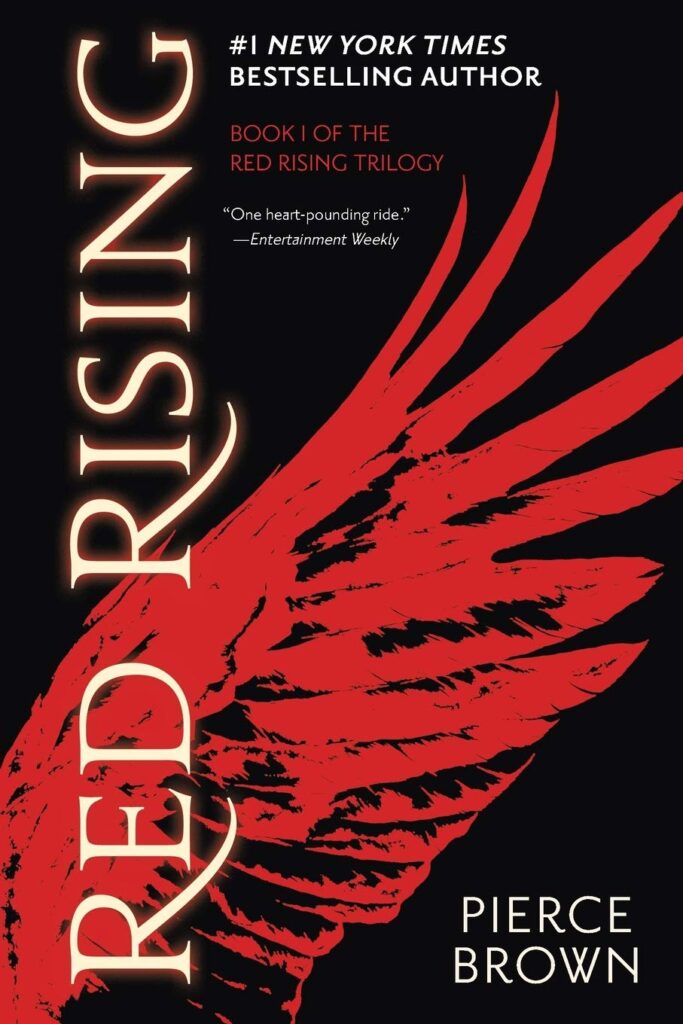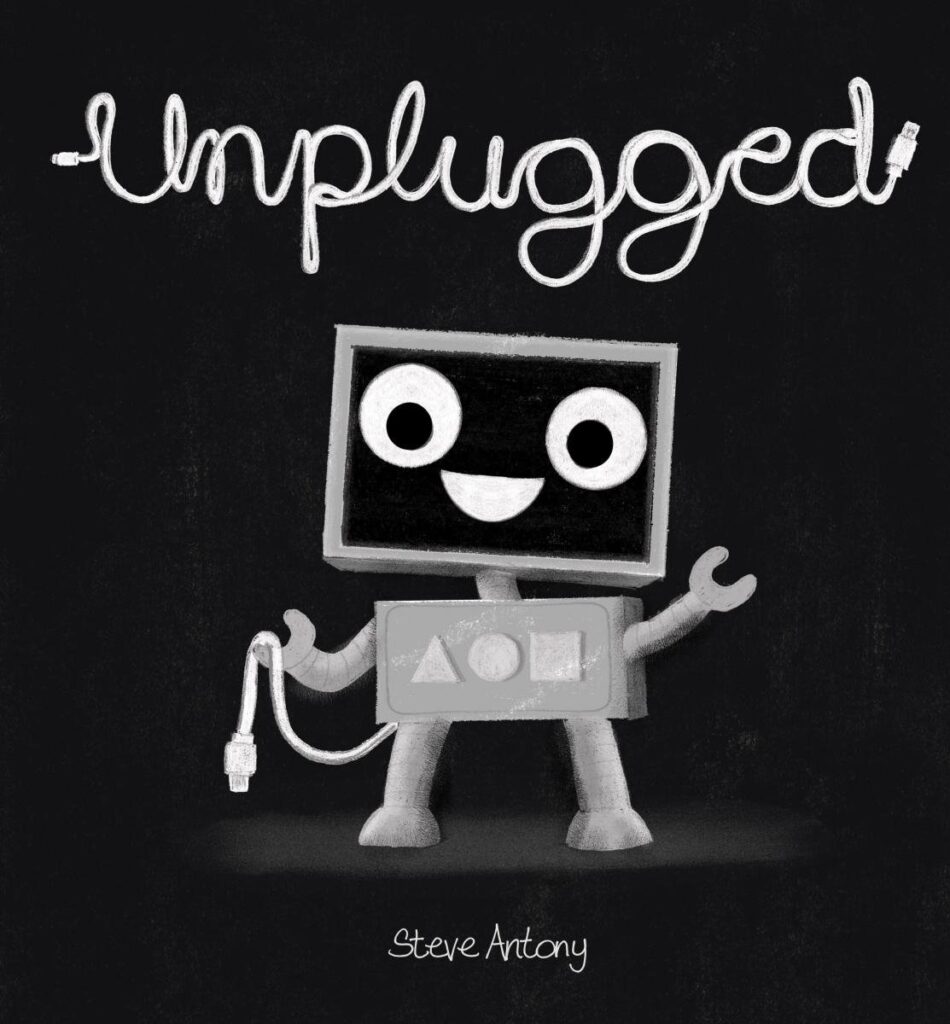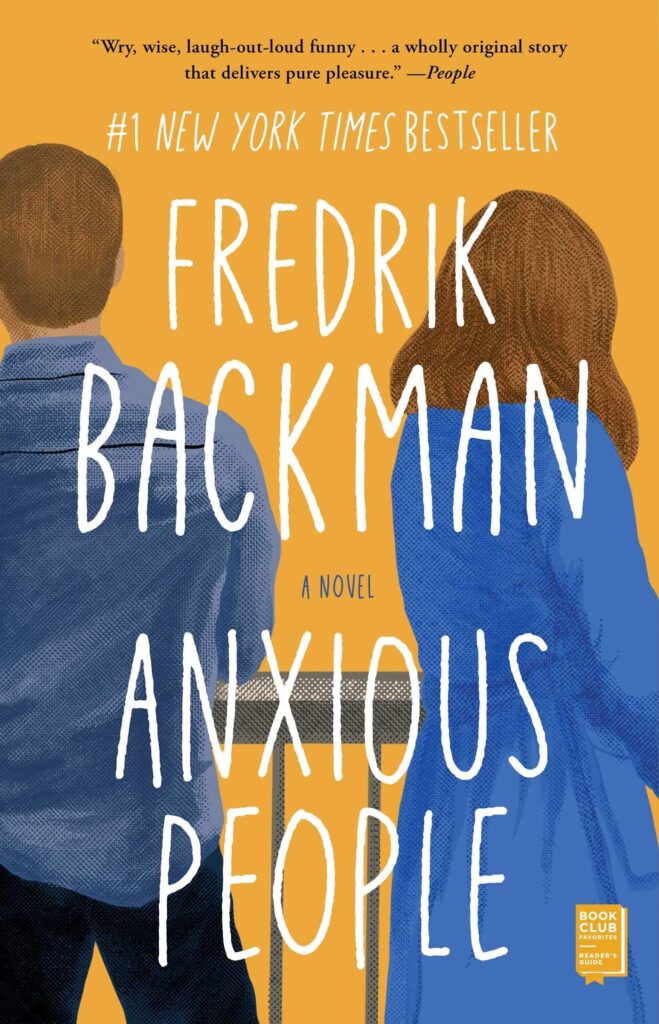What is a PLN?
A PLN is a personal learning network. A person’s PLN may provide support and collaboration in real time or virtual. Being a part of a book club would be a sample of a learning network that meets regularly to discuss and share a book. Meanwhile, an online social network where books are discussed might provide a virtual PLN to an individual.
Below are four PLNs and their description. Foremost, a personal learning network helps one learn!
What is Twitter?
Twitter is a micro blog. Micro blogs are more of a broadcasting medium with much smaller blog posts–for example, only 140 characters are allowed per tweet.
By following people you find out what they are doing. It’s reciprocal; your followers learn about you as well.
When people share what they are doing, they share it because it might be valuable, resourceful, or helpful. People follow in order to benefit from what is shared.
Connections are made between like-minded people. Following is based on interests and needs.
Authorities on different subjects share their information creating a continuous contributing learning circle.
Instant information is networked providing users with a news source. Often times the information is provided by citizen journalists. Ex. @Nipp and Schiphol Twitter Story
What is Diigo?
Diigo is a social network concentrated around a user’s bookmarks which have been tagged.
You can follow what other people are bookmarking in order to learn of new web resources. Groups may also be formed.
Notes and highlights can be made either on the tagged bookmark or on the actual web page. Plus, a list of web pages may be presented in a visual slide show.
Diigo serves as an excellent search engine of evaluated web sites.
*Link here for an explanation of tagging on the Dear Librarian.
What is Classroom 2.0?
Classroom 2.0 is a Ning. Nings are private social networks focused around a certain theme or subject.
The theme of Classroom 2.0 is Web 2.0 and social media in education.
Ning actually means “peaceful” in Chinese.
By becoming a member of a Ning, you have a wall, you make friends, you can post to a blog, and you can start discussions.
Within the Ning, there are groups where you can find even more targeted areas of interest.
What is LinkedIn?
LinkedIn is a social network for professionals.
LinkedIn provides a place to receive professional recommendations, find jobs in your area of expertise, or connect with past, present, or future employers.
You can micro blog on LinkedIn or you can link your Twitter account–therefore your Twitter feed shows up.














What!? Blogs didn’t make the list? I think Blogs are the places where we carve out our personal space and allow out networks to make themselves comfortable. The strongest members of my network have blogs they call home. Connections can be made using the tools you made, but I feel they are consummated on blogs.
Dear Librarian Reply:
March 3rd, 2011 at 11:15 am
Oh, there are so many more PLN options. I simply chose four based on a workshop I had given the faculty here at ISB. Perhaps a cont’d post will be appropriate because there are so many other networks to learn from! Thanks for your comment Jabiz; I totally agree.